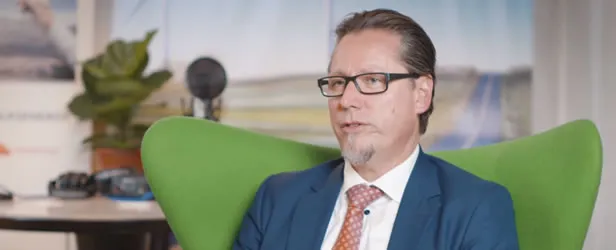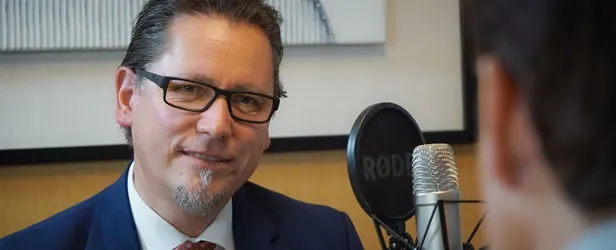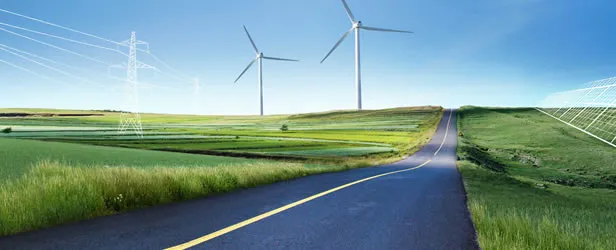Accelerating the energy transition
What role is technology playing when it comes to closing the global emissions gap? Remi Eriksen, Group President and CEO of DNV, explores the key findings from the 2019 Energy Transition Outlook (ETO) report and discusses what more can be done globally to accelerate the energy transition.
In this first episode of our new series, Remi explores why “extraordinary policy action” is needed to meet the Paris Agreement climate goals. Finding that $1.5 trillion of annual investment is required by 2030, governments must act now to benefit from the continued innovation in renewables, including wind, solar PV and energy storage. While the focus should be on the scaling-up of existing technologies, Remi explains what DNV is doing to harness the new, collective focus on climate emergency in order to progress the energy transition.


